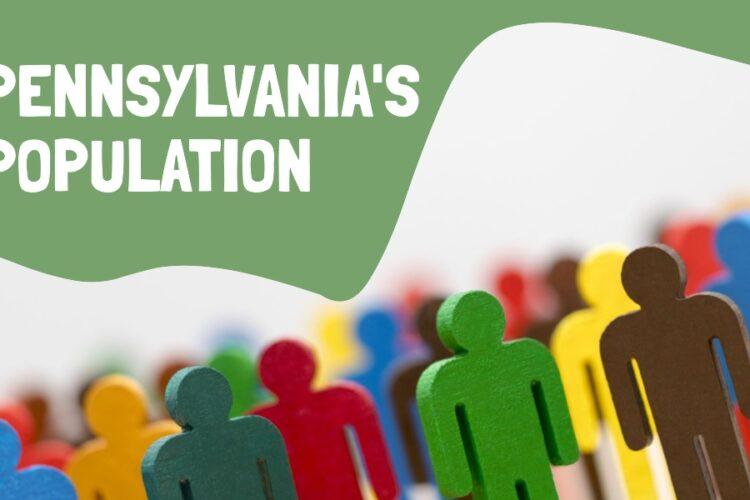Pennsylvania, often referred to as the Keystone State due to its central position among the original thirteen colonies, has a rich history that has contributed significantly to the formation of the United States. Today, besides its historical landmarks, Pennsylvania is also recognized for its diverse population. But the question that often arises is: How many people live in Pennsylvania? Let’s delve into the demographics of this storied state.
A Historical Overview
To understand the population trends, one must first understand Pennsylvania’s history:
Colonial Beginnings:
Founded in 1682 by William Penn, Pennsylvania quickly became a melting pot of different cultures and religions, a trend that continues today.
Industrial Boom:
The 19th and early 20th centuries saw a surge in the state’s population, thanks to the thriving steel, coal, and rail industries.
Modern Times:
In recent years, Pennsylvania has transitioned from being heavily industrial to a more diversified economy, affecting its population growth and distribution.
Current Population Estimate
Based on the latest data from the U.S. Census Bureau, as of 2022, Pennsylvania’s estimated population is around 12.8 million. This places it as the 5th most populous state in the U.S.
Factors Influencing Population Growth
Several elements have played a role in shaping Pennsylvania’s current population:
1. Urbanization:
Cities like Philadelphia, Pittsburgh, and Allentown have seen steady growth due to job opportunities, cultural hubs, and educational institutions.
2. Immigration:
Pennsylvania has been a significant recipient of both international and domestic migrants, contributing to its diverse population.
3. Economic Shifts:
As Pennsylvania moved from a manufacturing-heavy economy to one focusing on services, healthcare, and technology, there have been shifts in population distribution within the state.
Demographic Breakdown
Pennsylvania boasts a diverse populace:
Age Distribution:
The state has a balanced age distribution, with a sizable portion of both young and elderly residents.
Ethnicity:
While predominantly White, Pennsylvania has seen an increase in its Hispanic, Asian, and African American communities in recent years.
Religious Diversity:
Pennsylvania is home to a myriad of religious groups, from various Christian denominations to Jewish, Muslim, and other faith communities.
FAQs
1. How does Pennsylvania’s population rank nationally?
Pennsylvania is the 5th most populous state in the U.S., following states like California, Texas, Florida, and New York.
2. Which are the most populous cities in Pennsylvania?
Philadelphia is the largest city, followed by Pittsburgh, Allentown, and Erie.
3. Has Pennsylvania’s population been increasing or decreasing in recent years?
The population has seen modest growth in recent years, but not as rapidly as some other states.
4. How often is population data updated?
Population data is frequently updated, with the U.S. Census Bureau conducting a detailed census every ten years. Annual estimates are also provided.
Conclusion
Pennsylvania, with its blend of urban centers, picturesque countryside, and historical significance, offers a unique living experience. Its population reflects a tapestry of cultures, backgrounds, and stories, making it a microcosm of the broader American experience. As we understand the numbers, we also gain insight into the vibrant community that calls the Keystone State home.

